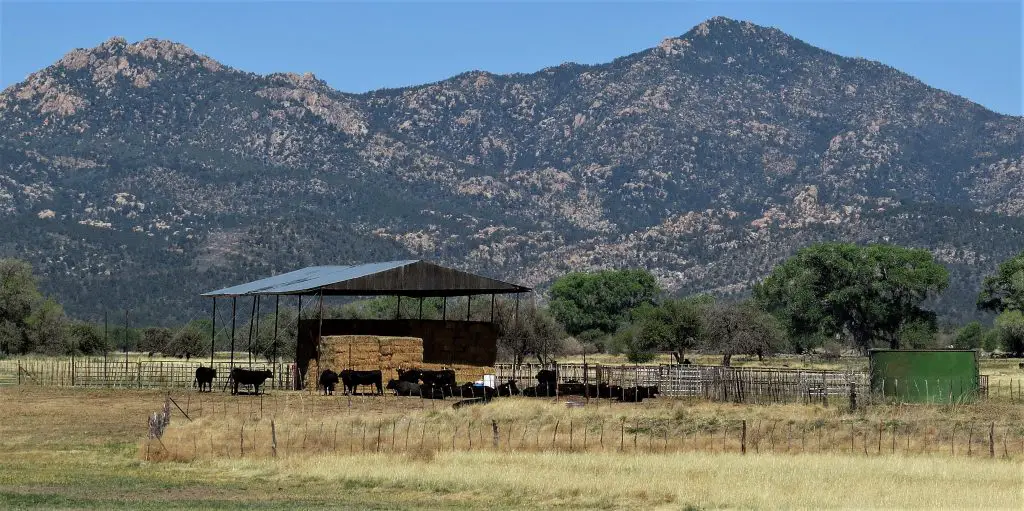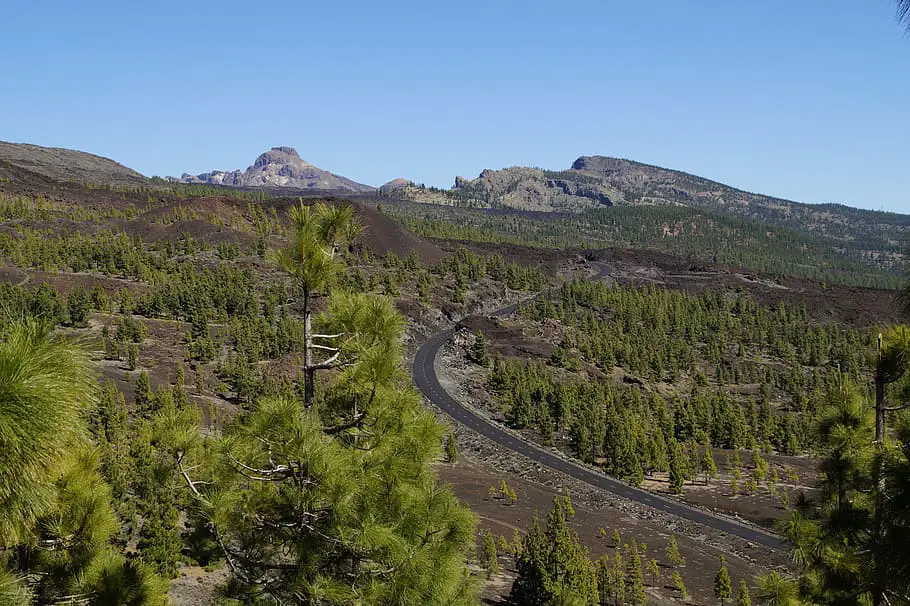Prescott Valley, Arizona, is a remarkable town full of natural beauty and cultural significance. One of its most defining characteristics is its elevation, which significantly shapes the lifestyle and environment of this dynamic place.
If you’re interested in understanding the ins and outs of the elevation of Prescott Valley, AZ, then this comprehensive guide is for you.

Elevation is a fundamental attribute of any geographical location. It can significantly impact climate, flora and fauna, human health, and even economic activities. In Prescott Valley, this unique aspect has shaped the community and the culture in fascinating ways.
The Facts of Elevation
Elevation, put simply, is the height above sea level at which a place is situated. This physical property plays a significant role in defining the environment and lifestyle of any location.
From dictating climate patterns to influencing the type of plants and animals that thrive there, elevation is essential to understanding any place, Prescott Valley included.
In the heart of Arizona, Prescott Valley rests at an elevation of approximately 5,100 feet above sea level. This attitude sets it apart from many other cities in the state and contributes to a unique and diverse environment.
For comparison, cities like Denver, often referred to as the “Mile-High City,” sit at an elevation of around 5,280 feet. This makes Prescott Valley’s elevation quite significant, especially when considering the influence it has on various aspects of life and the environment there.
The Impact of Elevation on Prescott Valley’s Climate
Prescott Valley’s elevation directly impacts its climate. Higher elevations often result in cooler temperatures, and Prescott Valley is no exception. While much of Arizona experiences high temperatures, Prescott Valley remains more temperate due to its altitude.
Because of the elevation, the town experiences a four-season climate, which is quite rare in Arizona. Unlike other parts of the state, Prescott Valley enjoys cool winters, mild springs, and autumns, and moderately warm summers. These temperature variations significantly affect the local lifestyle and activities, making it an exceptional place to live and visit.
Intriguingly, within Prescott Valley and its surrounding areas, you may find microclimates due to local variations in elevation. These can create distinct weather patterns in different parts of the town. For example, a specific area might have slightly higher rainfall or cooler temperatures due to its position in relation to the rest of the Valley.

How Elevation Influences the Natural Environment
The altitude of Prescott Valley has a substantial impact on its biodiversity. The area’s flora and fauna are adapted to its high-altitude environment. You’ll find unique plant and animal species that have specially evolved to thrive in these conditions.
Prescott Valley is home to a variety of plant species ranging from pinon pines to various types of cacti. Many of these plants are native to the region and have adapted to survive in the high altitude and semi-arid climate. The fauna is also varied, with an array of birds, mammals, and reptiles calling the Prescott Valley home.
Geographically, the town has a rich and varied landscape, shaped over time by its elevation and the forces of nature. From rolling meadows to imposing mountain ranges, Prescott Valley showcases an array of landscapes that provide diverse habitats for its flora and fauna.
Water resources in Prescott Valley are significantly affected by elevation. The flow of rivers and streams is dictated by the incline of the land, and the town’s elevation influences the formation and supply of its primary aquifer. Understanding the role of altitude in shaping these water resources is essential for managing and conserving them.
The Effects of Elevation on Human Health and Activities
Living at high altitudes, like in Prescott Valley, can have certain health implications. The thinner air can cause initial difficulties with breathing, especially for those moving from sea level. However, over time, the body adapts, and many residents report an overall improvement in their health.
On the flip side, high altitude areas may pose challenges for people with specific health conditions, such as heart or lung disease. Those considering a move to Prescott Valley should consult with their healthcare provider to ensure they can comfortably adapt to the higher elevation.
Sports and recreational activities in Prescott Valley have a unique flavor, thanks to the town’s elevation. Hiking, mountain biking, and camping are popular pastimes, with numerous trails and parks providing ample opportunity for outdoor adventure. Winter sports like skiing and snowboarding are also feasible due to the town’s cooler climate and winter snowfall.
Agriculture in Prescott Valley is shaped by its altitude. Certain crops thrive in cooler temperatures, while others struggle. This has led to a unique blend of farming practices in the area, adapted to make the best use of the land at this elevation.
Economic and Social Implications of Elevation
Elevation has significant implications for Prescott Valley’s economy. Agriculture, tourism, and outdoor recreational activities, all influenced by the town’s elevation, contribute substantially to the local economy.
Prescott Valley’s culture and identity are also deeply intertwined with its elevation. The community shares a love for outdoor recreation, and many local events and festivals celebrate the unique natural beauty of the area.
The town’s high-altitude lifestyle contributes to a sense of camaraderie among residents and shapes their shared identity.

Infrastructure and urban planning in Prescott Valley have been adapted to cater to the town’s high elevation. Roads, bridges, and buildings have been designed to withstand the unique weather conditions that come with high-altitude living.
Frequently Asked Questions:
In this section, we will be delving into some of the most common inquiries and curiosities that surround our topic.
What’s the exact elevation of Prescott Valley?
Prescott Valley sits at an elevation of approximately 5,100 feet above sea level.
How does the elevation affect the climate in Prescott Valley?
The town’s high elevation results in a unique four-season climate, with cool winters, mild springs and autumns, and moderately warm summers.
What kind of health considerations should be taken into account living in high altitudes like Prescott Valley?
While many residents adapt and thrive in the high altitude environment, people with certain health conditions, such as heart or lung disease, should consult their healthcare provider before moving to Prescott Valley.
What kinds of sports and recreational activities are popular in Prescott Valley due to its elevation?
Hiking, mountain biking, camping, skiing, and snowboarding are all popular activities, thanks to the town’s high altitude and four-season climate.
How does the elevation affect the local economy and infrastructure of Prescott Valley?
Elevation significantly influences agriculture, tourism, outdoor recreation, and infrastructure development in Prescott Valley.
What future changes could occur in Prescott Valley due to climate change and its elevation?
Climate change could lead to alterations in weather patterns, biodiversity, and water resources. However, the specific changes will depend on numerous factors and are the subject of ongoing research.
Conclusion
Understanding the elevation of Prescott Valley, AZ, is key to appreciating its unique characteristics, from its climate and natural environment to its economic activities and cultural identity. The town’s high altitude shapes every aspect of life there, providing a distinctive blend of experiences that sets Prescott Valley apart.
With ongoing research into the potential impacts of climate change on high-altitude areas, the town’s future will continue to be influenced by its elevation. Indeed, the influence of altitude on Prescott Valley is a testament to the remarkable ways in which our environment shapes us.



Leave a Comment
You must be logged in to post a comment.